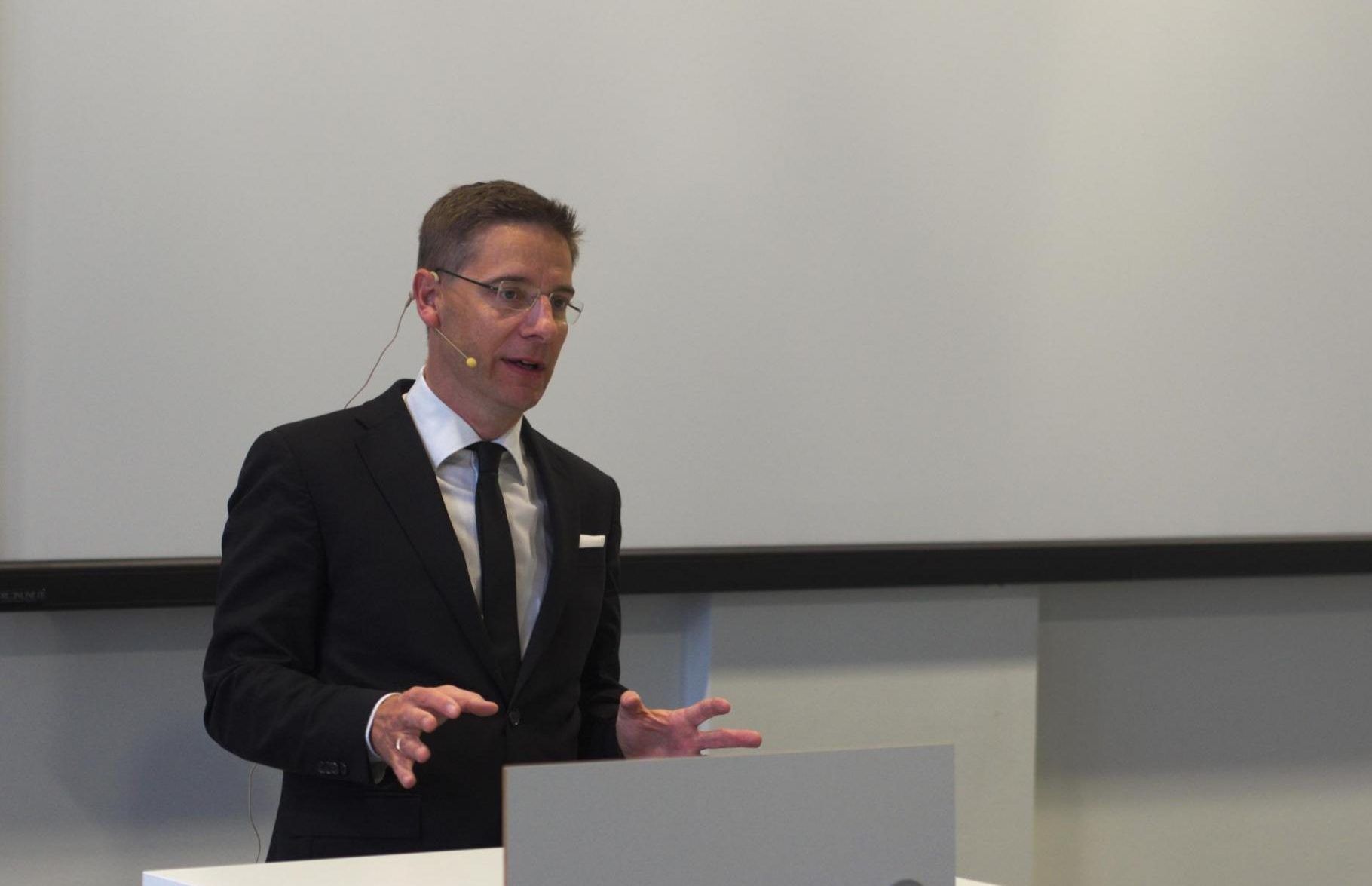
Sustainable storylines - Sustainable leadership

Published
Author

Twenty years as an executive, both in global companies and smaller enterprises, has taught something about strategy and leadership. Some of the wisdom has been earned the hard way. I have boiled down my experience to a simple doctrine of “Sustainable Stories – Sustainable Leadership”.
Essential in strategic leadership is to create a sustainable story and to communicate this story to the organization and the stake holders. What is a sustainable story?
In the leading role we have the CEO/MD and his/her durability is tested continuously during the process. What then is a sustainable leader?
In the interplay between sustainable stories and sustainable leadership both are better, but will the equation work if one of them is insufficient?
What is sustainable? If something is tolerable, fair, reasonable, supported, and able to last and continue, then it is sustainable.
The interesting starting point is that, one the one hand, a strategy is at its best when it is a story, and on the other hand, stories are born from strategies. A great number of strategies fail because strategies only have meaning when they have been understood. This is where stories (storylines and storytelling), an ancient way of leadership, can help. A story is a description of something true and real, and it has a lesson. It is way of transforming and crystallizing a complex strategy into a readable and memorable form. A story can bundle business direction with actions. It can combine reason and emotion. It will create a common language and understanding for the people in the organization. It can anchor the daily work of all employees. And finally, a story can differentiate from the mass.
In Hollywood they teach that humans are, and have always been, programmed to listen, understand and follow messages that are sent in a story format. Management studies show that top executives consider competitive strategy and people management their biggest concerns. Studies also show that employees consider their bosses biggest weakness the lack of vision and direction. Hence, the life of leaders should be easier if they can rely on a sustainable story.
Some of the characteristics of a sustainable story are as follows:
Credible (even for the teller) – A good storyline strengthens the leader.
Based on facts – Creates less questioning.
Understandable – Addresses others than its writer/teller.
Broad-minded – It has an effect on many listeners.
Implementable – Concrete, challenging, realistic and inspiring.
Different – It differs from others’ stories.
Far-reaching – It lives in ups and downs.
Flexible – If you have to change to Plan B.
Survives a change of leadership – The story will continue.
A long time ago, Jethro coached Moses to select leaders who ”fear God, are trustworthy and who hate dishonest gain”. It has been said that Moses strength as a leader was that he was able to cast a story to which his followers embraced. He modeled his vision of leaving Egypt for the Promised Land so that the story came alive for his followers.
But are there perfect leaders nowadays? Hardly. Based on all the management theories I have read and based on my own experience, I would argue five things: (a) There are no common specifications of a great leader, (b) Good leadership equals good subordinates to lead, (c) The charisma of the leader will not necessarily impact on the company’s result, (d) All leaders will deliver at some time, nobody will deliver all the time, and (e) By the power of stories leaders will grow stronger.
What is a sustainable leader? Not forgetting all the typical management skills, below a few other key characteristics:
In charge of the story – It is difficult to tell others’ stories.
Passionate about the story – It is contagious so followers catch it.
In balance with the organization – Playing the cards you have.
Conveniently charismatic – Somewhere between a blessing and curse.
Cool-headed – Sticks to the story even if the wind blows from the wrong direction.
Lucky – At the right place at the right time.
Gets energy outside of work – A good shoulder at home.
Based on my own experience as an executive and management consultant, it is easy to argue that successful leadership has always been a consequence of a good storyline and good storytelling. In other words, leadership is tough and more or less impossible when you have not been equipped with a good story. Following other leaders, I have noticed a similar pattern. Succeeding in one mission does not guarantee succeeding in another mission, where the possibilities of the story are different. There are, of course, cases where leaders will sustain even if the story does not, or where stories will sustain but leaders will not. The question is, which one is easier to change, the story or the leader. Nowadays, it seems like managers are more easily replaced than stories.
As a business coach I try to tell future leaders that humans can less often be programmed to become excellent leaders, or that personal charisma cannot be developed in the same way as other business skills. But this is not the end of it. Powered by a good story, leaders have a better chance of succeeding in their managerial tasks.
Hollywood seems to be on the same page. Experts from the film industry say that it is not about the leader, it is more about a charismatic message. Build your story by picturing the happy end, by describing the not so rosy beginning, by describing the actions the audience wants to hear, and by adding watery eyes.

